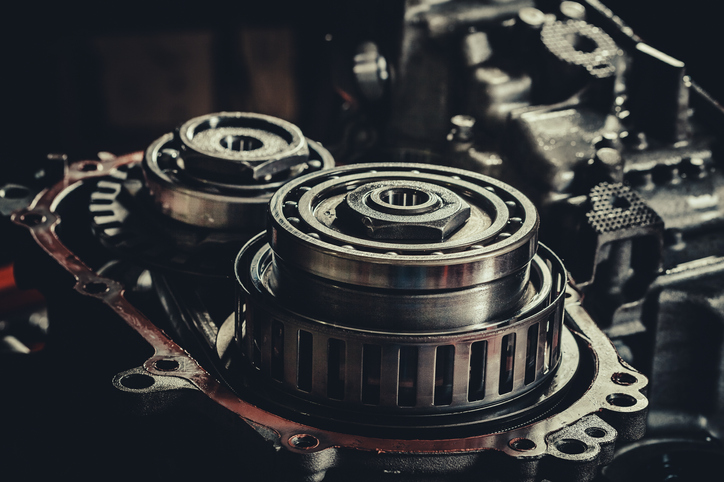
What You Need to Know About CVT Automatic Transmissions
August 2, 2019 11:09 pmContinuously variable transmissions (CVTs) are becoming more and more popular in cars and sport utility vehicles. While they’ve existed since 1989, they have seen a large proliferation of late, and people who haven’t been in the car market for a few years might not be up to speed on what CVT is.
With this in mind, here’s a quick overview from a mechanic in Madison, TN about what you should know about CVT and whether or not it’d be beneficial to have in your next vehicle.
Information about CVT
To understand how CVT works, it’s important to know how a conventional automatic transmission works. In a conventional system, there is a series of gears that sends power from the engine out to the wheels. However, these gears do not exist in a CVT. Instead, it operates with two pulleys of variable width that are connected by a belt. One of the pulleys is connected to the engine, and the other one delivers the engine power to the wheels.
The width of the pulleys will change based on how much power is needed for the vehicle to operate. One of them will get larger if the other becomes smaller. In this way, CVT is able to deliver seamless acceleration reliably and smoothly. There is another type of CVT that uses discs and rollers rather than pulleys, but it is not nearly as common.
However, just because there are no gears in a CVT does not mean you are unable to manually shift the vehicle—it just doesn’t work in the same way you’re used to with a manual transmission. The belt and pulley system will move to different preset points in a manner that is similar to the shifting of gears, and you do this by moving the shift lever or clicking on paddles mounted to the steering wheel.
One of the biggest reasons why CVTs are becoming increasingly popular with automakers is that they’re able to maximize the power of a smaller engine, delivering more responsible, faster acceleration in vehicles. For this reason, CVTs are very popular now in vehicles that have four-cylinder engines.
The lack of gear shifts makes for a much smoother acceleration process. This type of transmission also gets rid of sudden downshifting when you need to create additional power for passing. Even when you’re climbing up hills, the CVT will operate smoothly and avoid the feeling of “gear hunting” that you might get in similar scenarios when operating a vehicle that uses a standard automatic transmission. Finally, the light weight of a CVT allows it to deliver better power efficiency, which makes for a more fuel-efficient vehicle overall.
These are just a few examples of some of the benefits of the CVT and why so many automakers are implementing it in their vehicles. For more information about CVT and if it would be beneficial to you in your next car, reach out to Rivergate Muffler & Auto Repair today to speak with a mechanic in Madison, TN.
Categorised in: Mechanic
This post was written by Writer

Comments are closed here.